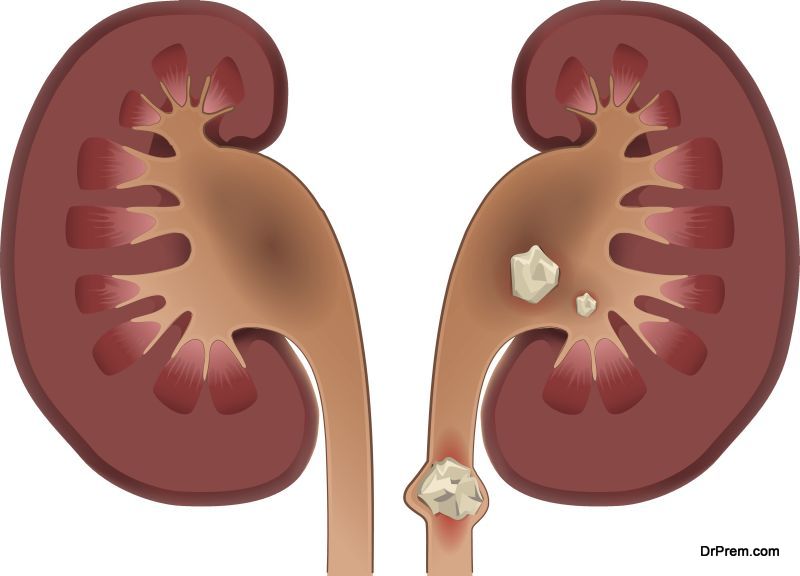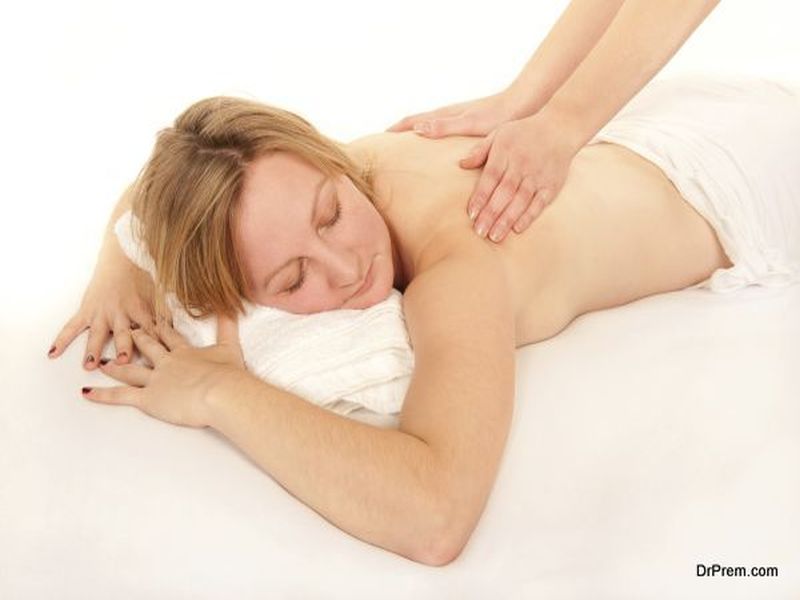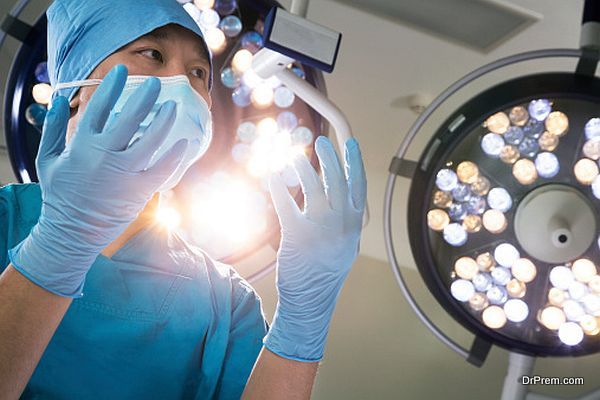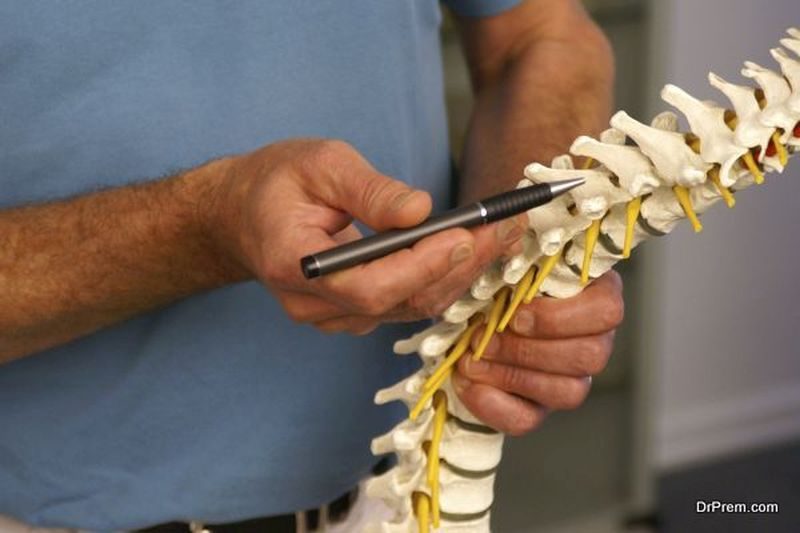Lower back pain is a common nuisance for many people. In fact, one in ten people around the world suffers from some type of low back pain. But what causes this worldwide epidemic and how can you both prevent and treat it?
Let’s take a look.
Causes
Injury

Back injuries are all too common and are caused by a long list of factors from lifting heavy objects to muscle strains and sprains. These types of back injuries normally occur following sudden movement.
Strains occur when the ligaments and muscles of the back stretch or tear due to excessive or frequent activity. This can also happen during exercise routines that include performing the same repetitive motion. Symptoms of a strain in the lower back include pain, stiffness, and spasms.
Disc injuries are more serious than a sprain and can come in many forms including herniated discs. This is the most common type of disc injury and occurs when the outside of the disc tears, causing the cartilage to push against the spinal cord and surrounding nerves. This can happen following sudden movement or heavy lifting and generally results in chronic lower back pain. Herniated discs can also push on the sciatica nerve, causing extreme pain and discomfort.
Degeneration of the discs between the vertebrae can result in spinal stenosis, another condition that causes low back pain. When people suffer from spinal stenosis, the spinal column narrows and puts pressure on both the cord and surrounding nerves. Symptoms of this type of injury include numbness, weakness, and cramping in the area and other parts of the body.
Abnormal Spine Curvatures
A variety of back issues are related to the spine, which means that a curvature in the spine can cause discomfort and pain as well. Several different conditions fall under this category including scoliosis, lordosis, and kyphosis. These conditions are often diagnosed at a very young age. Because the spine is not properly shaped, it places pressure on the muscles, tendons and ligaments, causing not only pain but poor posture, as well.
Illness

Injury isn’t the only cause for low back pain. Certain illnesses are actually accompanied by discomfort and chronic pain in the back. These include cancer, arthritis, spinal and kidney infections.
Arthritis affects over 350 million people worldwide, affecting a person’s joints including their knees, hands, and even back. Arthritis in the back is known as osteoarthritis of the spine and causes pain and stiffness. Sufferers may also experience numbness and weakness in other areas of the body including the legs and arms.
Kidney infections and other bladder problems can also cause lower back pain, but in a different way. The type of pain caused by a kidney or bladder infection is persistent, regardless of your activity level or position. Bladder infections can spread into the kidneys, which are located near the mid to lower back. This discomfort is just one symptom of a kidney infection. Others include vomiting, fever, and chills.
Treatment Options
Treatment options for low back pain are extensive and often depend on the severity of the condition and the patient’s discomfort. For some people, simply resting, applying hot and cold compresses or stretching is enough to alleviate some of their discomfort. For others, more extreme measures are required including chiropractic care, or even surgery.
Non-Surgical Options
If you’re experiencing mild to severe low back pain but don’t want to undergo surgery, there are some basic self-care techniques you can use.
Pain Medication

Pain medication offers temporary relief for back pain and discomfort. These include steroids, acetaminophen, muscle relaxants, narcotics, and NSAIDs (non-steroidal anti-inflammatory drugs). Some of these medications need a doctor’s prescription, while others can be purchased over the counter. Before taking any type of medication, consult your physician and consider potential side effects.
Heat or Ice
Depending on the cause of injury, you can use either heat or ice to help alleviate your pain. Heat is best for muscle pain and stiffness, so if you have a pulled or strained muscle, a heating pad is the way to go. On the other hand, ice helps with acute injuries or pain and helps to reduce inflammation. You can even alternate the two methods.
Massage

Similar to chiropractic methods, but more relaxing for many, a massage is a great way to help alleviate muscle and back pain in a relaxed atmosphere. Massage also increases blood flow and helps to reduce stiffness in the body. This leads to more flexible and less painful movement and increased mobility.
Chiropractic Care
Also known as manual manipulation, a chiropractor or other trained professional can adjust your body in ways to offer relief for your pain and discomfort. This is done to reduce pressure on painful areas, increase flexibility, and improve blood flow. Improved blood flow helps to reduce muscle discomfort and tension. Chiropractic care may involve cracking your back or neck and the use of electrical stimulants to help loosen tight muscles.
Surgical Options

If you suffer from chronic back pain or have experienced a serious injury, surgery may be your only option. Often, back surgery is optional and completely up to the patient. Though, without surgery, back pain sufferers are compromising their quality of life. This means their mental health, ability to function, and lifestyle. Emergency back surgery is extremely rare. Here are the three most common back surgeries performed.
Laminectomy
Used to relieve compression on the nerve, also known as a pinched nerve. This pinching occurs in the spinal column and causes both back and leg pain. Surgeons remove part of the bone, called the lamina.
Discectomy
Also used to relieve pressure on a nerve in the back, but this surgery involves removing a portion of the disc.
Spinal Fusion

This surgery is used to treat both pain or a deformity in the back. A spinal fusion is when two or more vertebrae are permanently fused together. Sometimes, bones from other parts of the body like the hip or pelvic bone is used. This surgery might also include plates, rods, and screws.
Your doctor will advise you as to whether or not surgery is necessary and which of these options is best for treating your condition.
Listen to Your Body
It’s important to listen to your body. Whether you were recently injured or are simply experiencing pain and discomfort in your low back, try some at home remedies first like ice or heat and pain medication. If this doesn’t help or the pain is debilitating, seek medical attention. A chiropractor or masseuse may offer relief. If not, you may need to consider surgery. It’s best to proceed with caution and reduce activity when suffering from any type of back pain.
Article Submitted By Community Writer




